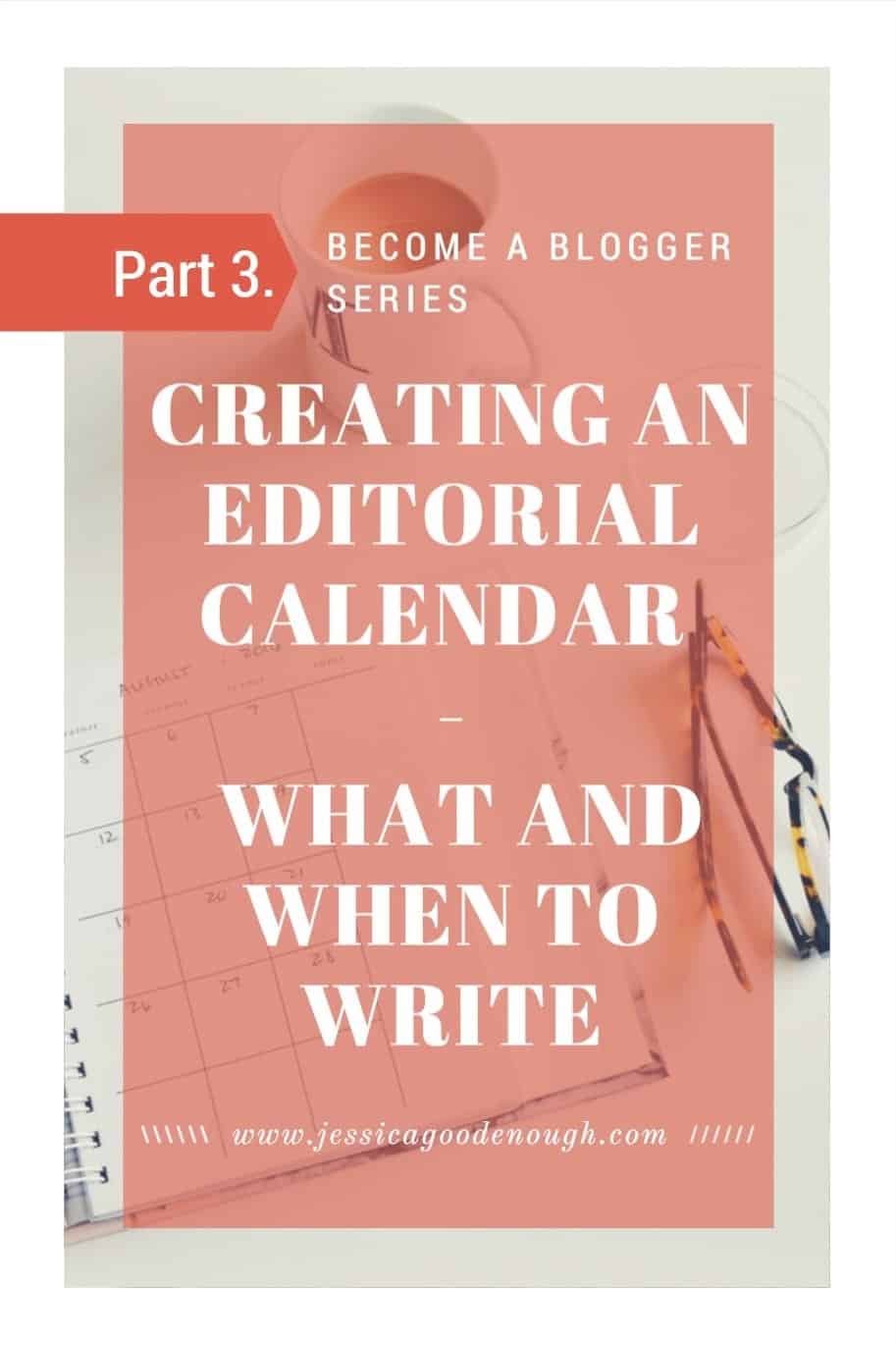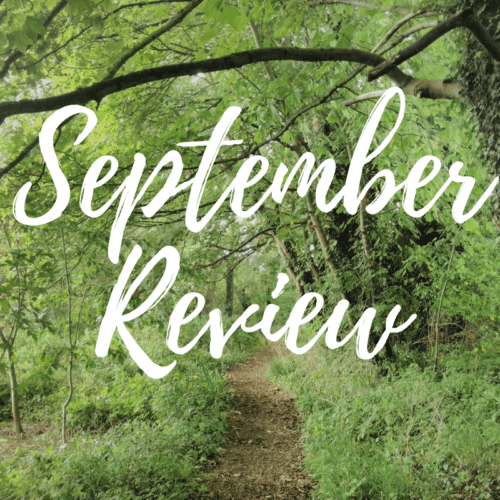This is part three of the Becoming a blogger series, in which I cover how to decide what and when to write on your blog. Once you have brainstormed ideas, you can then commit to when you will work on those blog posts. Read on for the general principles of creating an editorial calendar, then apply the three action points at the end for a kickstart to your blogging success!
Finding ideas for blog posts
If you’ve been through the steps outlined in part two of the series, you should already have a few blog post ideas. Write them down now. If you have less than 10-20 ideas, here are a few more sources of inspiration:
- A good place to look is communities you’re already a part of. For example, have a look at the challenges people are encountering and the questions they are asking in Facebook groups you’re a member of.
- Also think of things that you have now figured out, but that you wish you had known a bit earlier in the journey you are on.
- Have a look at the content you are regularly reading and sharing online: how could it be said differently from your perspective?
Grouping ideas into themes and series
Once you have your 10-20 ideas, try to group them into three to seven themes. These will be your blog categories to start off with. Don’t worry, nothing’s set in stone: you can change or add to them later. For examples, my themes so far are:
- Happiness and success: posts about lessons I’ve learnt about being more organised, happier and more successful;
- People and places: posts about the places I’ve been (e.g. Mykonos and Santorini, and Rio de Janeiro part one and two) and the inspiring people I’ve met (interviews coming soon);
- Common good: posts about social and environmental issues / solutions;
- Food and fitness: recipes and blog posts about exercise, health and wellbeing;
- Reading and randomness: this is a general “other” category, but I’m also planning on sharing about books I’ve read and other favourites;
- Being good enough: I also post a recap of what I’ve been up to each month and a “looking forward” post at the start of the next month;
- I’m also planning a “style” category, with more content on interior design and personal style, so watch this space!
If some of your blog post ideas require quite a bit of development to flesh out, you could turn them into a series of blog posts, like the one you are reading right now! This is part three of the Becoming a blogger series – part one was about creating a website and part two covered developing blogging habits.
Putting the plan in motion: creating an editorial calendar
Now comes the time to commit and figure out how you are going to spend time blogging, as your blog won’t write itself! This is when deciding to be self-hosted is a good idea. As you will probably feel more inclined to write regularly when your money is in the game!
Self-hosted or not, blogging is like everything else: you get out what you put in. I would recommend starting (or re-igniting) your blogging journey by challenging yourself to follow a certain frequency of blogging. Sherry and John, whose podcast I love, said that blogging everyday at the beginning was a blessing for them and laid the foundations for the success they’re experiencing today. If you’re feeling super pumped, you could try a 30 day blogging challenge.
While you may be less committed than that for now, most people can probably fit in some blogging once a week. If you’re writing much longer, richer posts, it could be once a fortnight or a month. The main idea is to choose something realistic and to commit to being consistent.
I do find the blogging process less stressful if I first outline my posts in a notebook, then later type them up and add photos, rather than staring at a blank screen with the pressure of coming up with a whole blog posts.
Whichever way you do it, try to find a system that works for you. I use Todoist to keep track of my blogging tasks, but you could go old school and use pen and paper to create your editorial calendar. You could set a task to draft a blog post on a Monday, then on Wednesday type it up and then share it on social media on a Friday. This may seem a bit drawn out, but it helps to feel more in control and allows for edits and additions along the way, as your ideas develop during the week.
There’s more information out there (Wikipedia for example) but the main idea is simple: assign your blog posts – and the tasks involved in creating them – to specific dates. The moral of the story is to think of a system, jot it down and test it out for a while. You’ll see – it feels very rewarding when your blog starts to “build itself” or when you get positive feedback on something you put out into the world!
Action points
- Brainstorm 10-20 blog post ideas based on your experiences, the communities you’re a part of and the things you regularly read. Group the ideas into three to seven themes.
- Set yourself a frequency goal: for example a blog post a week or a blog post per month in each category. Be realistic so that you can commit to it without overwhelming yourself!
- Put drafting, writing and sharing tasks into your task manager – BOOM, you have an editorial calendar! And a plan for blogging success.
As usual please share your experience in the comments below. And check back soon for part four – a walkthrough of the process of actually writing a blog post. If you want to make sure you don’t miss it, subscribe to my newsletter using the box in the menu to the right!






![Only a month late... Here are our Valentine's Day photos! 👩🏼❤️💋👨🏻😅
We've been on a bit of a Caribbean kick (say that 10 times!) since watching the One Love film about Bob Marley on Valentine's Day + @gazoakley's adventures in Jamaica on the YouTubezz. 🇯🇲
So far we've eaten at @turtlebayuk [apologies for the blurry photos, I took them before getting my new @fairphone!] and ordered from Pappy's Afro Caribbean Takeaway (don't think they're on Instagram)... Next step is to make it at home; any recipe recommendations? 😘
#PlantBased #JamaicanFood #CaribbeanFood #OneLove](https://jessicagoodenough.com/wp-content/plugins/instagram-feed/img/placeholder.png)
Leave a Reply
You must be logged in to post a comment.